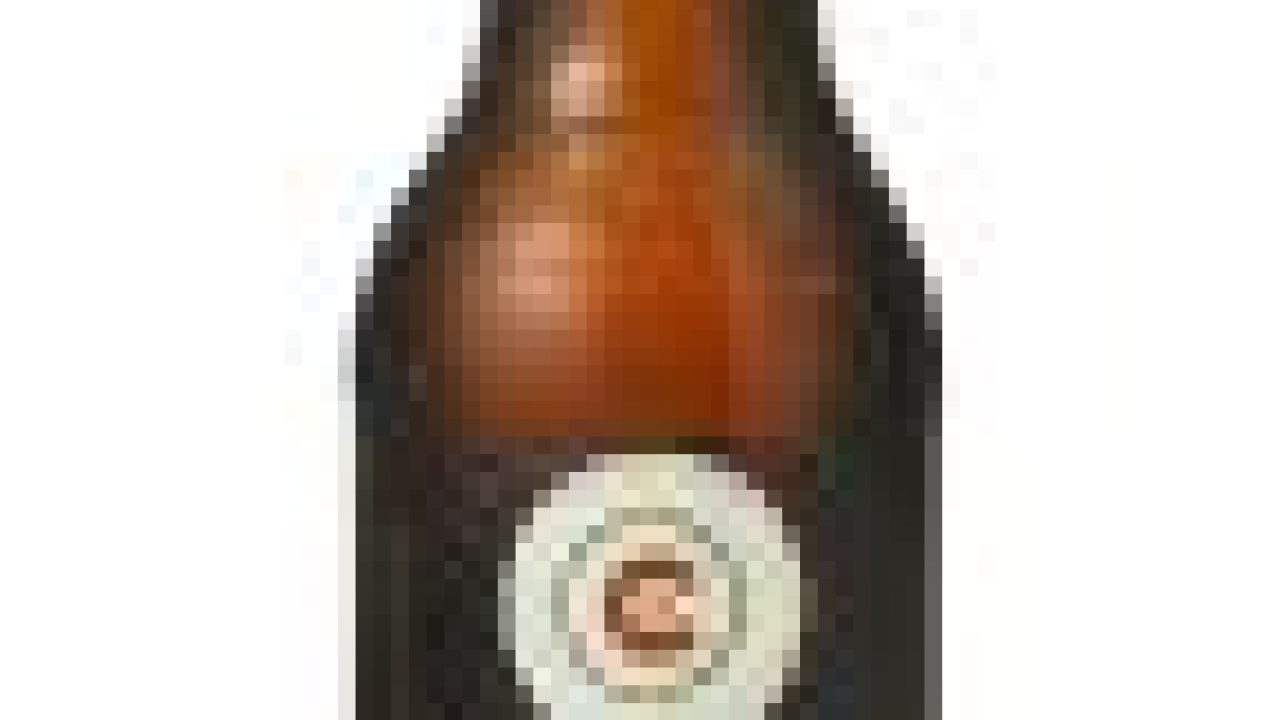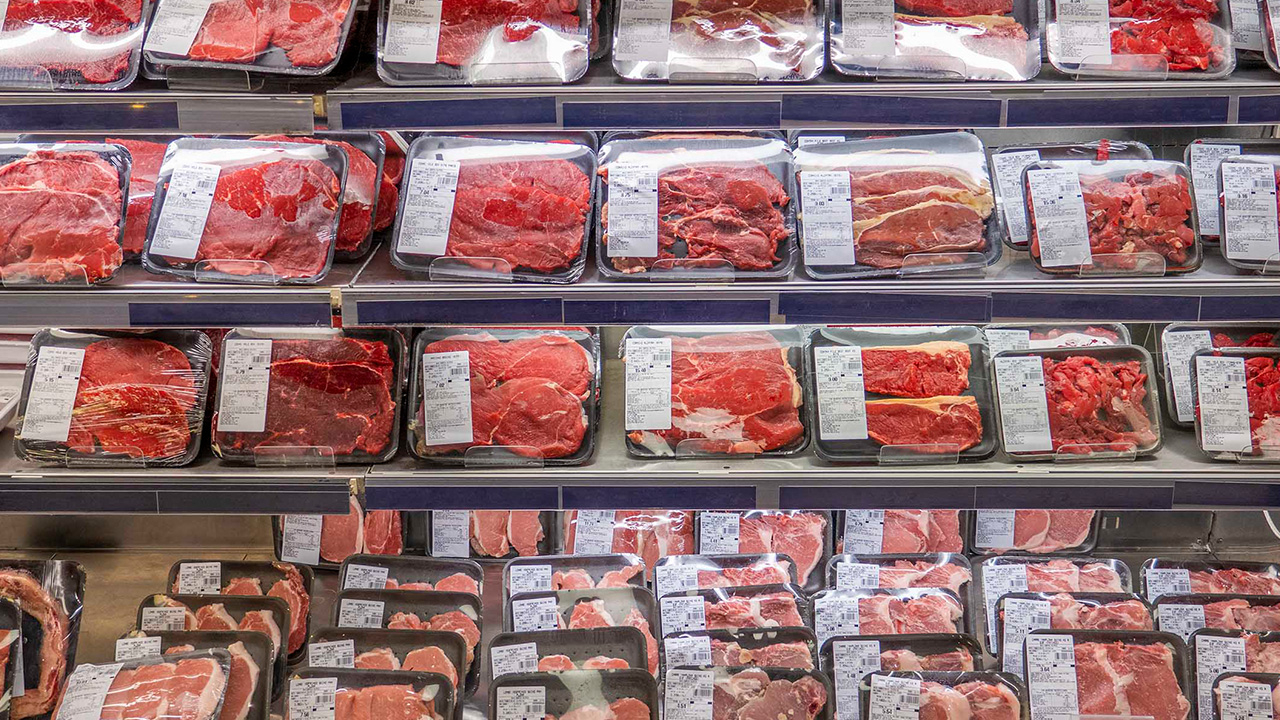Scanning the market

AC Golden Brewing Company is working with leading
Smyth, based in
The converter offers an array of complex label structures to give consumers a unique experience, increasing their identification with a particular brand or product. Sales increased radically for Coors Light when it partnered with the National Football League (NFL) to give game tickets away. Smyth produced the Coors silver ticket labels that deemed some drinkers winners. At the time, the beer surpassed sales of Bud Light and Miller Lite for the first time in five years.
With this documented success and experience, it wasn’t a surprise when MillerCoors’ AC Golden brewery came to Smyth with its idea to connect to consumers in a whole new way with ‘snap & send’ technology.
AC Golden is founded
AC Golden Brewing Company LLC is a wholly owned subsidiary of MillerCoors, but fully independent in operation. What had formerly been the R&D facility for one of the world’s largest breweries is now the production center for this craft beer specialist.
The new microbrewery, started in April of 2007, decided that it wanted to introduce a new beer dedicated to young adults in the 21 to 35 year old range ‘who live on their cell phone’. Glenn Knippenberg, president, AC Golden, explains, ‘This generation uses TiVo; they don’t really watch TV, and when they are, they’re only watching what they want, skipping through the advertising.
‘They listen to an iPod, not the radio, and can obtain content online for free, yet we need to be able to communicate with them. So, when you can’t reach them through print, or TV, or the radio – what do you do?’
Enter SnapTag
Mobile marketing is the wave of here and now, not 'it'd be a lot cooler if you did'. According to the Mobile Marketing Association’s June 2008 study, 70 percent of consumers indicated that they use their phone’s camera daily or weekly while 60 percent reported having texting capability as part of their mobile plan. And the adoption of smart phones and the development and download of mobile phone applications has steadily reached double-digit growth over the last two years.
Knippenberg realized that mobile marketing was a viable way to reach Millennials. The idea was to find a way to have AC Golden’s Colorado Native Lager, when delivered to the table, interact with the consumer. He researched a variety of interactive mobile products available such as QR Codes frequently used in
He says, ‘We chose the SnapTag because it doesn’t require an App download or any special software, and most importantly to a marketer, the technology offers the ability to put the Colorado Native logo inside the tag.’ The
SpyderLynk’s SnapTag uses code ring technology to complement advertising and reinforce a brand’s message. It is a circle with three breaks in it and the brand symbol inside. The consumer photographs the tag then sends the picture via SMS or MMS to the phone number in the tag. The computer recognizes the logo inside the circle, then measures the distance between the three breaks, decoding the SnapTag to decipher which company owns the tag and which tag it is.
Kick it with your beer
Since AC Golden is a beer company and is committed to not marketing to underage consumers, the system first age verifies the consumer. Once this is achieved the brand engages drinkers with
‘The message is about the consumer’s lifestyle, not about the beer,’ Knippenberg says. ‘The tag is not intended for use as a promotional tool giving details about the beer ingredients or the brand itself. The message is meant to be something that will truly hit home with the consumer, touch them where their personal interests are.’
The premise of the beer is that 100 percent of all the brewing ingredients are sourced in
While the SnapTag has been used in a variety of marketing campaigns and in magazines and promotional materials, Colorado Native is the first brand to use it on packaging.
Viral marketing
What differentiates snap & send technology from QR codes is the simplicity. Most cell phones do not come equipped with QR code readers, so consumers are required to download the correct application to read the given code. With snap & send, anyone with a camera phone can immediately correspond with the brand.
AC Golden owns twelve SnapTags under its name, so the computer also decodes which Colorado Native tag it is reading. The numbers give the brewer flexibility to maximize its collection of market and demographic data. For now the brewer has assigned a SnapTag to each of its products: bottled beer – restaurants, bar and retail, draft glasses and even t-shirts. ‘With this technology, we know whether the consumer is drinking a bottled beer versus a draft, if it is on premise at a bar or restaurant, or at their home,’ Knippenberg explains. Eventually AC Golden will use its database to help the brand evolve with its consumers’ way of life.
Colorado Native was launched on March 28, 2010. How does the brand educate consumers about its interactive capability? Knippenberg swiftly responds, ‘We’re not. We want them to discover this capability on their own.’ Distributors, sales teams, bar and restaurant employees were introduced to the brand, but all growth can be attributed to positive experience and word-of-mouth.
The brand opened a Colorado Native Facebook page the day it was launched. By April 13 the site had 546 fans; now it has over 900. Because the brand’s targeted age group has high social networking potential, it makes sense to use marketing methods on active social networking sites to increase brand awareness and sales.
Smyth labels capture consumers
Knippenberg says, ‘Working with Smyth is priceless. They’re innovative, constantly bringing us ideas and they never say no to implementing our ideas to reach our goals. I couldn’t be successful without them. They are partners, real partners.’
Not only is Smyth open to trying new things, it’s willing to adapt to the needs that the client demands. ‘We try to be technology neutral with label type or print technology – whatever the customer wants,’ explains Bakken.
All of the promotional labeling options that Smyth offers are capable of application with its high speed Red Rock equipment. Smyth produces a secure pocket label that allows brands to give away a small token to the consumer, such as a special ticket, with an opaque or clear top poly which can be applied in-or on-pack.
Multi-ply labels give brands the opportunity to provide consumers with a multitude of information. With a perforated edge, the top layer can be removed to reveal scratch off material and variable print. Its dry peel label lures consumers to purchase with peel-off instantly redeemable savings.
One of the most complicated is the custom placed piece label, where a marketing piece – say a removable tattoo or game card – is placed on a liner and converted into a label for use on packaging.
Tim Klein, national account manager for Smyth says, ‘It’s tough in the
One of the most lucrative, bad-ass promotional labels that Smyth has created was for PepsiCo, where a dollar bill was converted within some labels to be revealed only after purchase and consumption. The chance for instant cash was a hit. The company has patented this capability.
AC Golden success
AC Golden has successfully launched a couple of other beers with the help of Smyth and its team. Its Winterfest was a limited edition brew that became highly coveted with the use of exclusive serial numbers on each label.
Herman Joseph’s Private Reserve is a high-end beer with a full flavor dedicated to a more mature and discriminating beer drinker. The fancy bottles have the brewery’s latitude and longitude coordinates embossed on the bottom and detailing on the front that aligns with the label. Each Herman Joseph’s case is closed with a pressure-sensitive, guaranteed and certified seal signed by Knippenberg and the AC Golden brewers.
‘It’s a small company that can incubate new brands,’ Knippenberg says. The outstanding brew that can be produced by a small brewery with MillerCoors resources has vast potential. Aligned with a creative president and innovative converter, both dedicated to giving consumers a unique experience and raising the brewer’s brand identity, the
Hear from AC Golden and Smyth at the Labelexpo Americas conference.
This article was published in L&L issue 4, 2010
Stay up to date
Subscribe to the free Label News newsletter and receive the latest content every week. We'll never share your email address.


